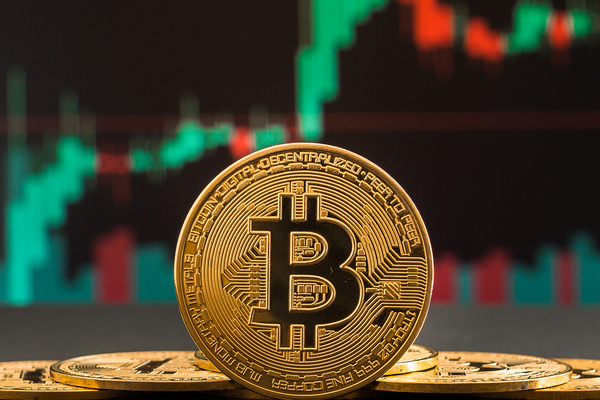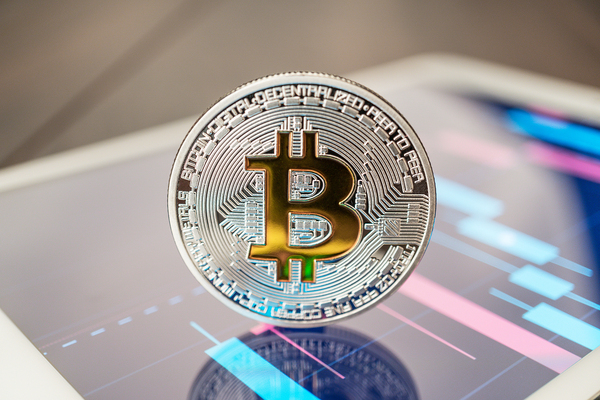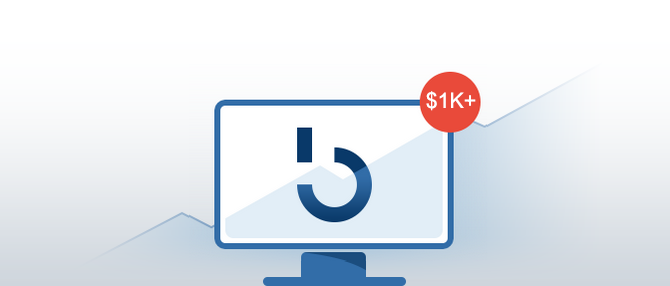
Bitcoin margin trading is one of the most popular ways for digital asset traders to bet on the price of bitcoin. However, it is also one of the easiest ways to lose money trading bitcoin.
In this guide, you will learn what bitcoin margin trading is, how it works, and what platforms you can use to trade bitcoin using leverage.
What is Bitcoin Margin Trading?
Margin trading refers to using funds borrowing from a broker to increase the size of a trading position to potentially increase profits on the trade. Bitcoin margin trading follows the exact same process as traditional margin trading.
Bitcoin traders can borrow funds to increase their buying power. The borrowed funds mean interest payments, but many users find it worth the cost due to the potential gains with 4:1, 10:1, or even 100:1 possible leverage.
If an investor puts down $50 on a 10:1 leverage ratio, they will have buying power equal to $500 with $450 of it consisting of borrowed funds. Exchanges can forcibly “call” in their loans if the investment gets close to losing the borrowed money.

Traders with the confidence to trade on margin can find a number of exchanges that offer the lending service. But users must meet certain criteria or at least verify capital requirements on most platforms.
For example, GDAX only allows accredited investors to utilize the margin trading feature. It’s a rule set by the platform to ensure their users will have enough capital to cover the borrowed funds if the investment were to walk off a cliff.
Traders can leverage short or long term, and many choose to do both in order to hedge their bets. It’s important to keep in mind that all borrowed funds must be paid back with interest, so only borrow what you’re willing to cover in the event of a total loss.
Pros and Cons of Bitcoin Margin Trading
Bitcoin margin trading combines one of the riskiest trading techniques with one of the riskiest assets on the market. It has incredible upside potential coupled with monumental risk.
The benefits and drawbacks of bitcoin margin trading are as follows:
Pros
- Boost in purchasing power: The lending aspect of margin trading allows investors to purchase beyond their account, giving them the ability to buy more of an asset via borrowed funds
- Investment options, i.e short-selling, hedging with long and short term: Margin trading provides more flexibility when choosing an investment strategy
- Exponential growth potential: Traders with minimal capital can increase profit potential
Cons
- Stress of using borrowed money to make investments: Investing is stressful enough, adding loans, interest rates, and more risk only increases investor anxiety. Not every investor can sleep easy knowing that borrowed money is at risk.
- Interest payments on loaned funds: Interest can accrue quickly on margin loans, and rates tend to be higher for digital asset investments.
- More risk via increased loss potential: Investment risk factor increases by an order of magnitude, so investments must be chosen with extreme caution.
- Margin calls: When your margin position moves against you and you don’t have enough funds on your margin account to cover the loss, you will receive a margin call to top up your funds. If you call to act, your position will be closed out by the exchange.
Types of Bitcoin Leveraged Trading Products

Digital asset exchanges offer various levels of leverage. For example, BitMEX allows investors to leverage up to 100:1 on some contracts, but the acceptable leverage will ultimately be determined by the initial margin (amount of equity required to open a position) and the maintenance margin (minimum equity to keep the position open).
Although margin trading should be left to experienced professionals, learning the basics of margin trading products is relatively easy.
People who are unfamiliar with financial markets may not even realize they have the ability to bet against the market rather than having to solely focus on whether or not the bulls will go for a run. Margin short selling digital assets is a straightforward concept; investors can increase their buying power with borrowed funds in order to make their bet against the market much heavier. If the value of the digital asset decreases, the investors make money. In contrast, an increase in value would decimate the margin contract.
SHORT SELL EXAMPLE: Investor uses 10x leverage to sell 1 BTC at $10,000, initial margin is only $1,000.
[table id=221 /]
The majority of investors will likely feel more comfortable going long or betting. Long margin trading comes with significant risk, but the payoffs can be exponential. As seen in the chart below, the potential gains are astonishing when you combine leverage with the volatility of digital assets.
LONG BUY EXAMPLE: Investor uses 10x leverage to buy 1 BTC at $10,000, initial margin is only $1,000.
What are the Best Margin Trading Platforms?
Conclusion
Bitcoin margin trading is one of the riskiest digital asset investment approaches. So it’s best to leave this particular technique to the professionals or those willing to lose massive sums of money.
Having said that, exchanges that offer up to 3x leverage present a unique opportunity for investors with little capital. Although interest rates and margin requirements limit investors, the profit potential for a well-researched and calculated 3x leverage trade is more than appealing, and the capital requirements won’t be astronomical.
Just remember, with great leverage comes great responsibility.
Related Articles
- What is Bitcoin? How It Works, in Simple Language and Funny Stories
- Blockchain Investing 101: How to Build Long-Term Wealth in the Digital Asset Markets
- Top 50 Digital Assets, Rated and Reviewed for 2020
Subscribe to Bitcoin Market Journal to stay up-to-date with the latest developments in the digital asset markets.

